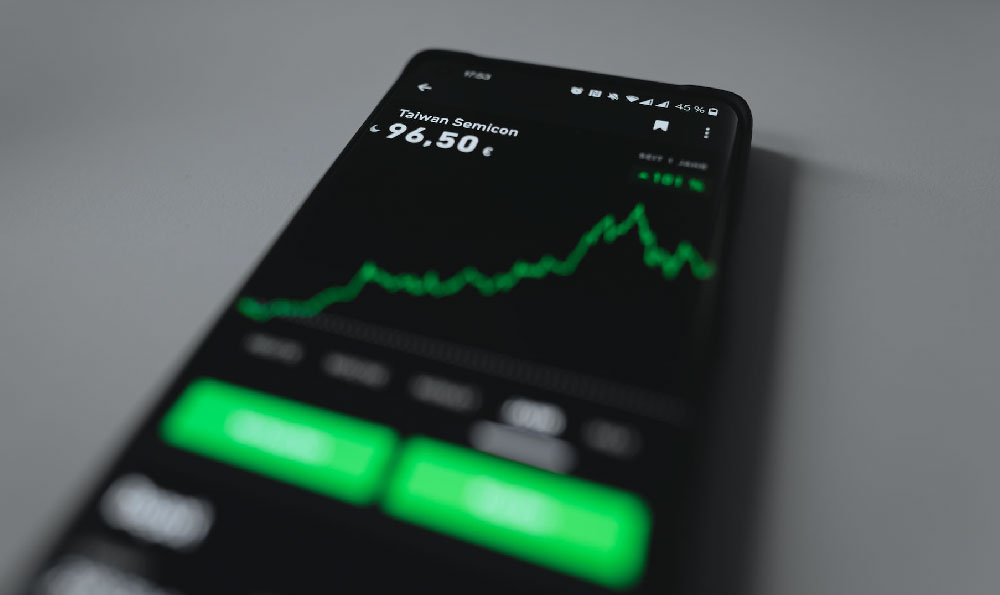Okay, here's an article addressing the possibility and mechanics of investing in gold through the share market.
Investing in gold has long been considered a safe haven asset, a store of value during times of economic uncertainty and market volatility. While physically owning gold bars or coins is a traditional approach, the share market provides several avenues for investors to gain exposure to the gold market without the logistical challenges of storage and security. Understanding these options and their associated risks is crucial before making any investment decisions.
One of the most direct ways to invest in gold through the share market is by purchasing shares of gold mining companies. These companies are involved in the exploration, extraction, and processing of gold. When the price of gold rises, these companies generally benefit, leading to increased profits and potentially higher share prices. However, investing in gold mining companies is not a pure play on gold. Their performance is also influenced by factors such as the company's management, operational efficiency, exploration success, and geopolitical risks in the regions where they operate. A company might hold vast gold reserves, but poor management or unexpected regulatory changes can negatively impact its profitability, even if gold prices are soaring. Analyzing the company's financial health, its proven reserves, and its track record is essential. Companies that actively hedge their gold production can also be less sensitive to spot gold price fluctuations.

Another popular way to gain exposure to gold through the share market is via Gold Exchange-Traded Funds (ETFs). These ETFs are designed to track the price of gold. They typically hold physical gold bullion in vaults and issue shares that represent a fraction of that gold. When you buy shares of a gold ETF, you are essentially buying a claim on a portion of the gold held by the fund. The price of the ETF shares will generally mirror the price movements of gold. Gold ETFs offer several advantages. They are liquid, meaning they can be easily bought and sold on the stock exchange. They are also relatively inexpensive compared to buying and storing physical gold yourself. Investors need to consider the expense ratio of the ETF, which is the annual fee charged to manage the fund. Some ETFs may track gold futures contracts rather than holding physical gold. These ETFs can be more volatile and may not perfectly track the spot price of gold due to factors such as contango and backwardation in the futures market.
Beyond mining companies and ETFs, investors can also consider royalty and streaming companies. These companies provide upfront financing to mining companies in exchange for a percentage of the future gold production or revenue from a mine. Royalty and streaming companies offer a different way to gain exposure to gold, as their profitability is linked to the long-term production of multiple mines. Their risk profile can be different from that of individual mining companies, as they are less exposed to the operational risks of a single mine. However, they are still subject to risks related to the mining industry, such as declining production rates, environmental regulations, and geopolitical instability.
Furthermore, there are mutual funds that specialize in precious metals or natural resources, including gold. These funds typically invest in a mix of gold mining companies, royalty companies, and other related businesses. Investing in a mutual fund can provide diversification within the gold sector and can be a suitable option for investors who prefer to have professional fund managers make the investment decisions. However, mutual funds also come with management fees and may not always perfectly track the price of gold.
It's also crucial to acknowledge the risks associated with investing in gold through the share market. As with any investment, there is no guarantee of returns. The price of gold can be volatile and is influenced by a variety of factors, including inflation, interest rates, currency fluctuations, geopolitical events, and investor sentiment. A rise in interest rates, for example, can make gold less attractive compared to interest-bearing assets. A strengthening US dollar can also negatively impact the price of gold, as it is typically priced in US dollars. Moreover, the share market itself is subject to market risks, such as economic downturns and unexpected news events.
Before investing in gold through the share market, investors should carefully consider their investment objectives, risk tolerance, and time horizon. It's important to do thorough research on the companies, ETFs, or mutual funds you are considering investing in. Diversifying your portfolio across different asset classes can help to mitigate risks. Consulting with a qualified financial advisor can also provide valuable guidance and help you make informed investment decisions that align with your individual circumstances. Gold should be considered as part of a broader portfolio strategy, not as a standalone investment to get rich quickly. Due diligence and a long-term perspective are key to successful gold investing.
Finally, remember that market fluctuations can happen rapidly. Regularly monitoring your investments and rebalancing your portfolio as needed can help you stay on track towards your financial goals. While gold can be a valuable component of a diversified investment strategy, it is important to approach it with a clear understanding of its risks and potential rewards.












